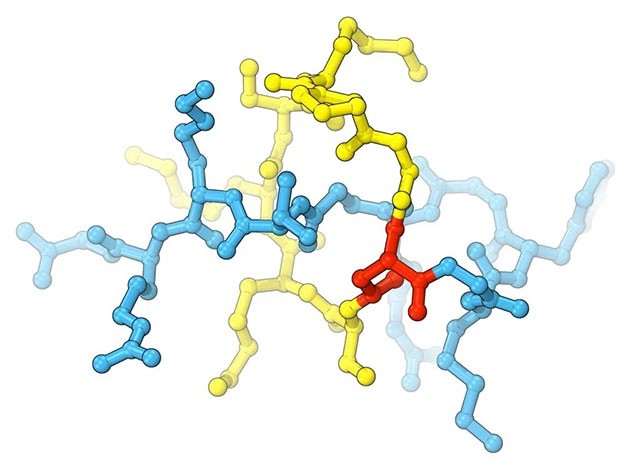An international team of researchers has accidentally discovered a new antibiotic called "lariocidin" that can fight bacteria that do not respond to conventional drugs. The discovery is especially important as drug-resistant bacteria are becoming a serious global health problem, killing millions of people each year because current antibiotics are no longer effective.
From garden plots to unexpected breakthroughs
Interestingly, this antibiotic was found in… a technician’s garden! Scientists collected soil samples from the garden and analyzed them, discovering a strain of bacteria called Paenibacillus that produces lariocidin – a lasso peptide. Lasso peptides have a unique knot-like structure, making them extremely stable and difficult to degrade. This property allows lariocidin to remain active much longer than other antibiotics.
"Two-in-one" attack mechanism
Lariocidin works differently than most existing antibiotics. Instead of attacking the cell wall, it targets the ribosome – the part of the bacteria responsible for synthesizing proteins. Proteins are essential for bacteria to survive and reproduce. Lariocidin disrupts this process in two ways at once:
- Ribosome inactivation: Prevents ribosomes from functioning properly.
- Causes protein synthesis errors: Forces ribosomes to produce defective proteins.
This combination helps lariocidin effectively kill even strains of bacteria that have successfully resisted many other drugs.
This discovery highlights the value of soil as a potential source of pharmaceuticals. Soil microbes have developed unique defense mechanisms against other bacteria, making them a valuable resource for antibiotic research. Scientists are increasingly looking to soil microbes for solutions to drug resistance.

Global issue
According to the World Health Organization (WHO), antimicrobial resistance (AMR) is one of the top 10 threats to public health, causing approximately 1.27 million direct deaths each year. The development of new antibiotics such as lariocidin is key to reversing this trend and maintaining treatment effectiveness.
Despite its promise, lariocidin is still in the early stages of research. Scientists will need to conduct clinical trials to assess its safety and effectiveness in humans. In addition, developing a large-scale manufacturing process, given the complex structure of the lasso peptide, will require highly sophisticated synthetic technology.
This is proof that nature still has countless solutions that we have yet to discover. The key to success lies in looking in the right places and analyzing them properly.















